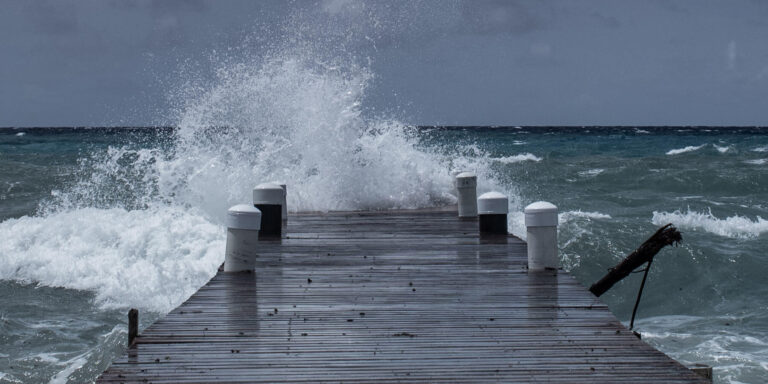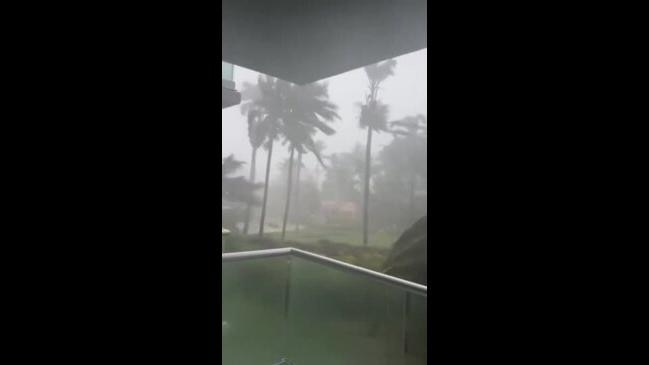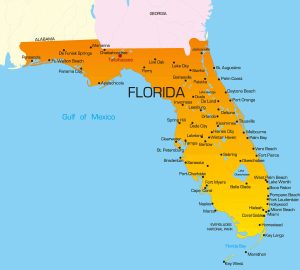Hurricane Melissa, a Category 5 storm with wind speeds reaching up to 165 mph, has made history by making landfall in Jamaica. This is the first time in recorded history that a Category 5 hurricane has hit the island nation, causing widespread devastation and loss of life. As the storm moves through the Caribbean, its impacts are being felt across multiple countries, including Haiti, the Dominican Republic, and Cuba. In this article, we explore the details of Hurricane Melissa, its path, and the ongoing recovery efforts.
The Path of Hurricane Melissa
Initial Formation and Strengthening
Hurricane Melissa began as a tropical storm on October 24, 2025, and quickly intensified into a Category 5 hurricane within just a few days. Despite traveling only about 150 miles since Friday morning, the storm reached peak wind speeds of 165 mph on Monday, October 26, 2025. The National Hurricane Center (NHC) predicted that Melissa would make landfall in Jamaica as a Category 5 hurricane early Tuesday morning, October 27, 2025.
Landfall in Jamaica

On Tuesday, October 27, 2025, Hurricane Melissa made landfall along the southern coast of Jamaica as a Category 5 hurricane. The storm brought devastating winds, catastrophic flash flooding, and landslides, causing extensive damage to infrastructure, homes, and public services. At least one death was reported in Jamaica during the storm, with a tree falling on an infant in the western part of the island. The winds, which topped 185 mph in some areas, were described as “like a roaring lion” by local residents.
Aftermath in Jamaica
Jamaican officials reported a “total communication blackout” in the southwestern and northwestern parts of the island, where the destruction was most severe. Power and communication outages left hundreds of thousands of residents without electricity or access to essential services. The parish of St. Elizabeth was submerged by flooding, and its only public hospital lost power and suffered severe damage. Over 15,000 people were in temporary shelters by late Tuesday, and the government had issued mandatory evacuation orders for around 28,000 people.
Impact on Other Caribbean Nations

Haiti and the Dominican Republic
Before making landfall in Jamaica, Hurricane Melissa caused significant damage in Haiti and the Dominican Republic. In southern Haiti, torrential rain from the storm caused a river to burst its banks, killing at least 25 people. Dozens of homes collapsed, and people were still trapped under rubble, overwhelming local authorities. In the Dominican Republic, at least four deaths were attributed to the storm.
Cuba
After making landfall in Jamaica, Hurricane Melissa weakened as it moved toward eastern Cuba. It restrengthened into a powerful Category 4 hurricane before making landfall in the Cuban province of Santiago de Cuba as a Category 3 storm on Wednesday, October 28, 2025. Over 735,000 people were evacuated in Cuba by Tuesday night, and the Cuban government ordered evacuations of residents in southern portions of the country.
Recovery Efforts and International Response

Local and Governmental Response
Jamaican authorities have begun assessing the damage and restoring essential services. However, 77% of the country is still without power, and the government has issued an “all clear” notice, allowing utility companies to begin restoration and recovery efforts. Telecommunications providers are working with Starlink to get residents back online, and officials are surveying the damage to hospitals, schools, and airports.
International Aid and Support
President Donald Trump expressed concern over the situation and stated that the U.S. is prepared to offer humanitarian assistance to Jamaica. The Miami Heat announced a $1 million donation to assist with recovery efforts, and World Central Kitchen, a nonprofit organization, is providing food relief to families impacted by the storm. The United Nations and other international organizations are also coordinating relief efforts, with Brian Bogart of the World Food Program emphasizing the need for immediate and long-term support.
Long-Term Consequences and Challenges

Economic and Social Impact
The damage and destruction in Jamaica are estimated to be in the billions of dollars, according to AccuWeather. The storm has disrupted the economy, tourism, and infrastructure, with recovery efforts expected to take years. The agricultural sector, which is a vital part of Jamaica’s economy, has been severely affected, raising concerns about food security for the coming months.
Environmental and Infrastructure Damage
Hurricane Melissa has caused widespread environmental damage, including coastal flooding, beach erosion, and deforestation. The storm has also damaged critical infrastructure such as roads, bridges, and power lines, complicating recovery efforts. Experts warn that the full extent of the damage may not be known for weeks, and the rebuilding process could take a decade or longer.
Conclusion
Hurricane Melissa has left a trail of devastation across the Caribbean, with Jamaica bearing the brunt of the storm’s fury. As the region continues to recover, the need for coordinated international aid, long-term support, and resilient infrastructure becomes increasingly clear. The lessons learned from this historic storm will shape future disaster preparedness and response efforts, ensuring that communities are better equipped to withstand the challenges of extreme weather events.











More Stories
US Trending News: The Legacy of Rodeo Choreographer Agnes De Mille
Understanding Rombauer: A Comprehensive Guide to the Iconic Wine Brand
US Trending News: Who Is Ronnie Winter? A Comprehensive Overview